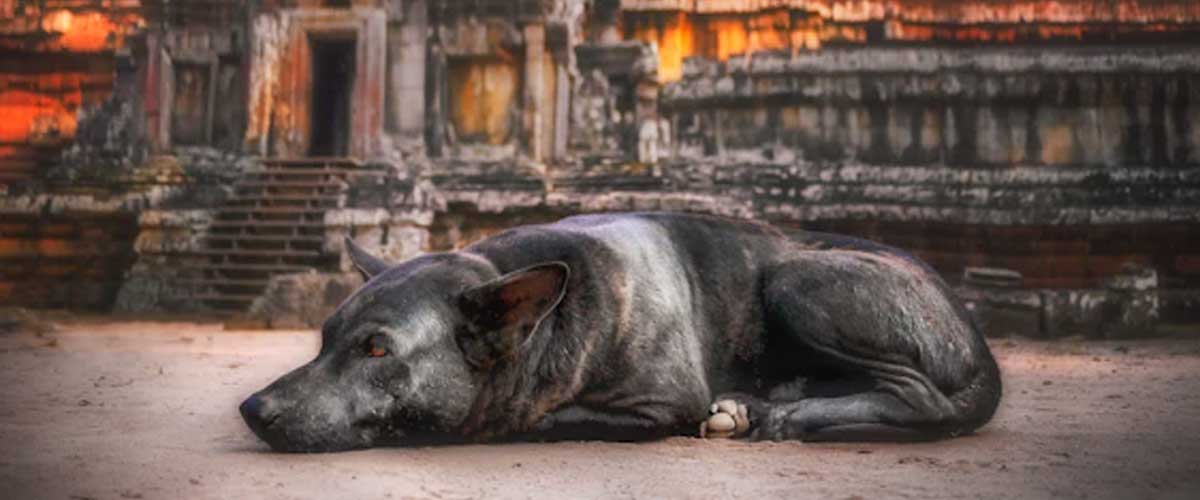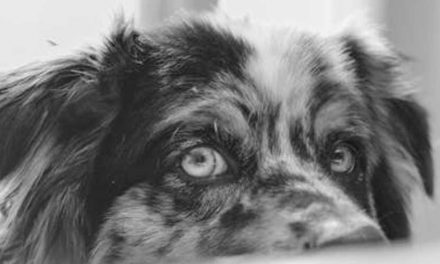For thousands of years, dogs have held a special place in human hearts and homes, acting as loyal companions, hunters, and protectors.
But have you ever wondered where it all began?
The story of domestic dogs is intricately woven with that of wolves, particularly those from North America, China, India, and Europe.
Each of these wolf species plays a crucial role in understanding the origins of our beloved pets.
The Ancestral Connection
Research in genetics and archaeology suggests that dogs were domesticated from wolves between 20,000 to 40,000 years ago, most likely in multiple regions around the world.
The North American wolf, Chinese wolf, Indian wolf, and European wolf have all been considered potential ancestors of domestic dogs.
Each of these species contributes uniquely to the evolution and diversification of early dogs.
North American Wolf
The North American wolf, or the gray wolf (Canis lupus), is a significant ancestor linked to the early domestication of dogs in the New World.
These wolves are known for their adaptability, living in various habitats across the continent, from forests to tundra.
While the North American wolf left a genetic imprint on the domestic dog gene pool, the relationship between humans and these wolves was largely driven by the indigenous peoples of the Americas.
Early humans likely formed a bond with the wolves, drawn to their hunting skills and social structures.
This alliance may have paved the way for selective breeding, ultimately leading to the domestic dogs we know today.
Chinese Wolf
In contrast, the Chinese wolf (Canis lupus chanco) represents a different chapter in the story of canine domestication, particularly in East Asia.
These wolves are known for their striking adaptability and are often found in diverse environments ranging from grasslands to mountainous regions.
It is believed that domestication efforts in China were influenced by the agricultural practices of early societies.
As humans settled down and began farming, they likely kept wolves close, appreciating their ability to manage rodent populations that threatened food stores.
Over generations, a closer relationship with these wolves resulted in the emergence of proto-dogs, laying the foundation for modern breeds found in Asia.
Indian Wolf
The Indian wolf (Canis lupus pallipes) reflects a unique blend of adaptability and cohabitation with humans, particularly in South Asia.
Known for their smaller size and social nature, Indian wolves have played a complementary role in their ecosystems.
The domestication process in India was likely influenced by early hunter-gatherers who recognized the benefits of companionship and collaboration with these wolves.
It is thought that the companionship phenomenon occurred around 15,000 years ago, as wolves began to thrive in human settlements, evolving into the domestic animals that gradually adapted to local cultures and environments.
European Wolf
The European wolf (Canis lupus lupus) is perhaps the best-known ancestor of domestic dogs in the Western world.
Historically, Europeans maintained a complex and often adversarial relationship with wolves, leading to extensive hunting and extermination efforts.
Despite this, it is widely agreed that the European wolf played a critical role in shaping early dog breeds.
The domestication of these wolves occurred during the hunter-gatherer period in prehistoric Europe, where humans began to recognize the benefits of working with wolves for hunting and protection.
Over time, these wolves adapted to human lifestyles, which laid the groundwork for the diverse breeds that would emerge, including the sheepdogs and hunting breeds that are popular today.
Conclusion
Understanding the lineage of our canine companions sheds light on the remarkable relationship between humans and dogs that has evolved over thousands of years.
The North American, Chinese, Indian, and European wolves not only provide insights into the origins of domestic dogs but also highlight the adaptability and resilience of both species in the face of changing environments and societal needs.
Today, as we cherish our domestic dogs, it’s essential to remember the wild ancestors that paved the way for this unique bond, reminding us of our shared history and the mutual benefits of companionship.
Whether as hunters, guardians, or loyal friends, dogs continue to enrich our lives, a legacy rooted deep in their ancestral lineage.










